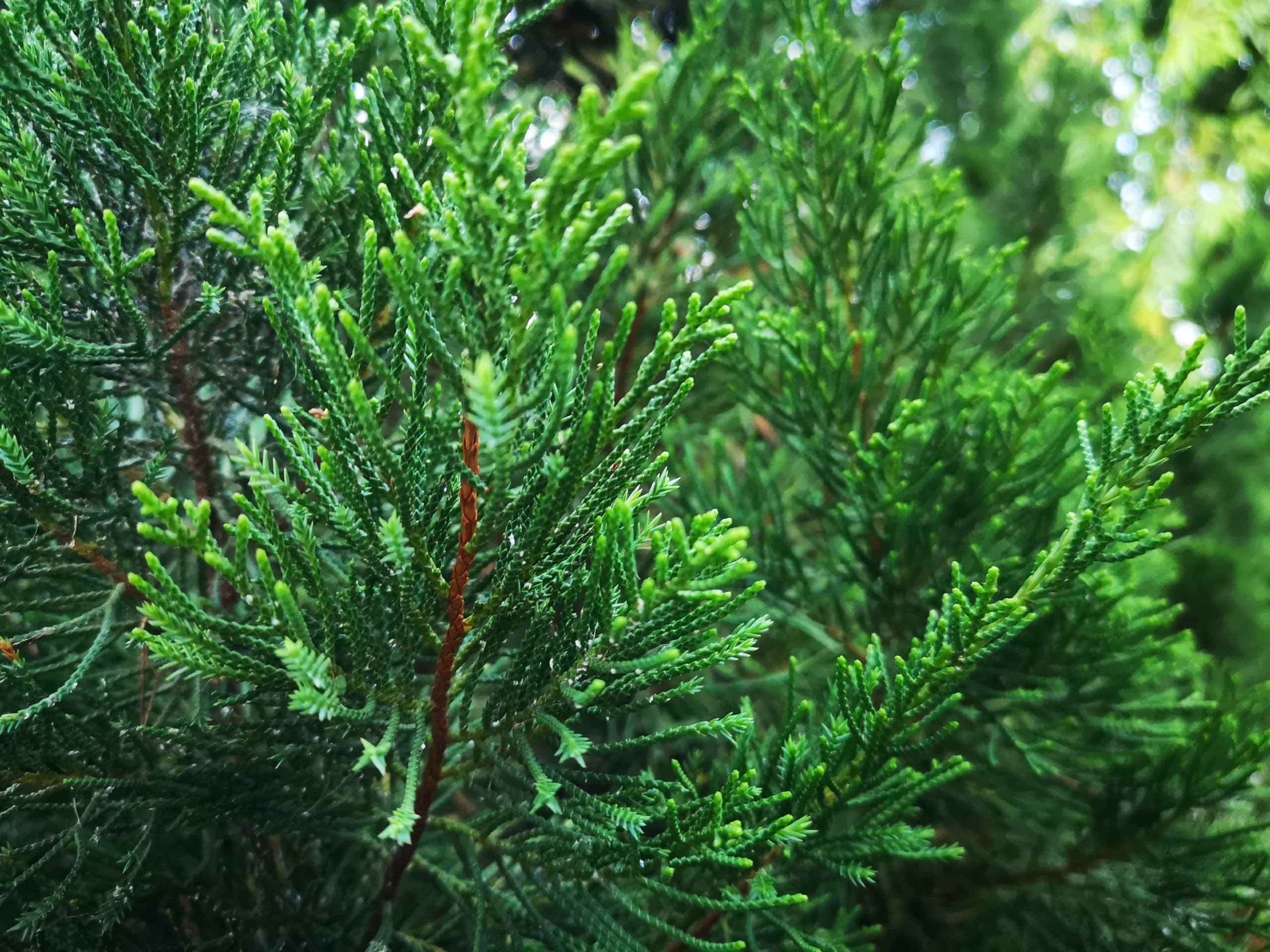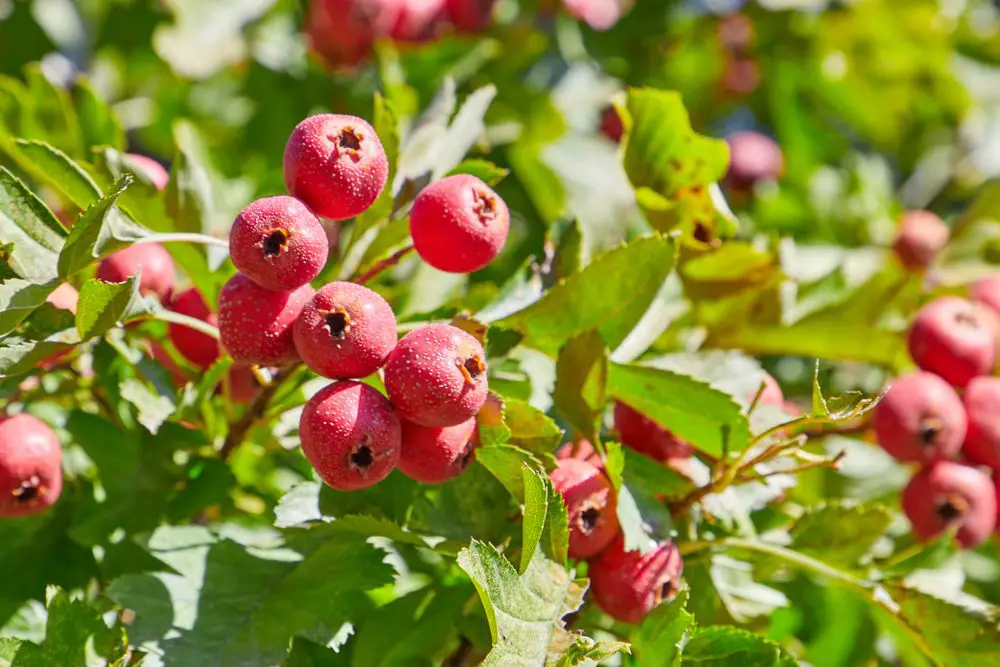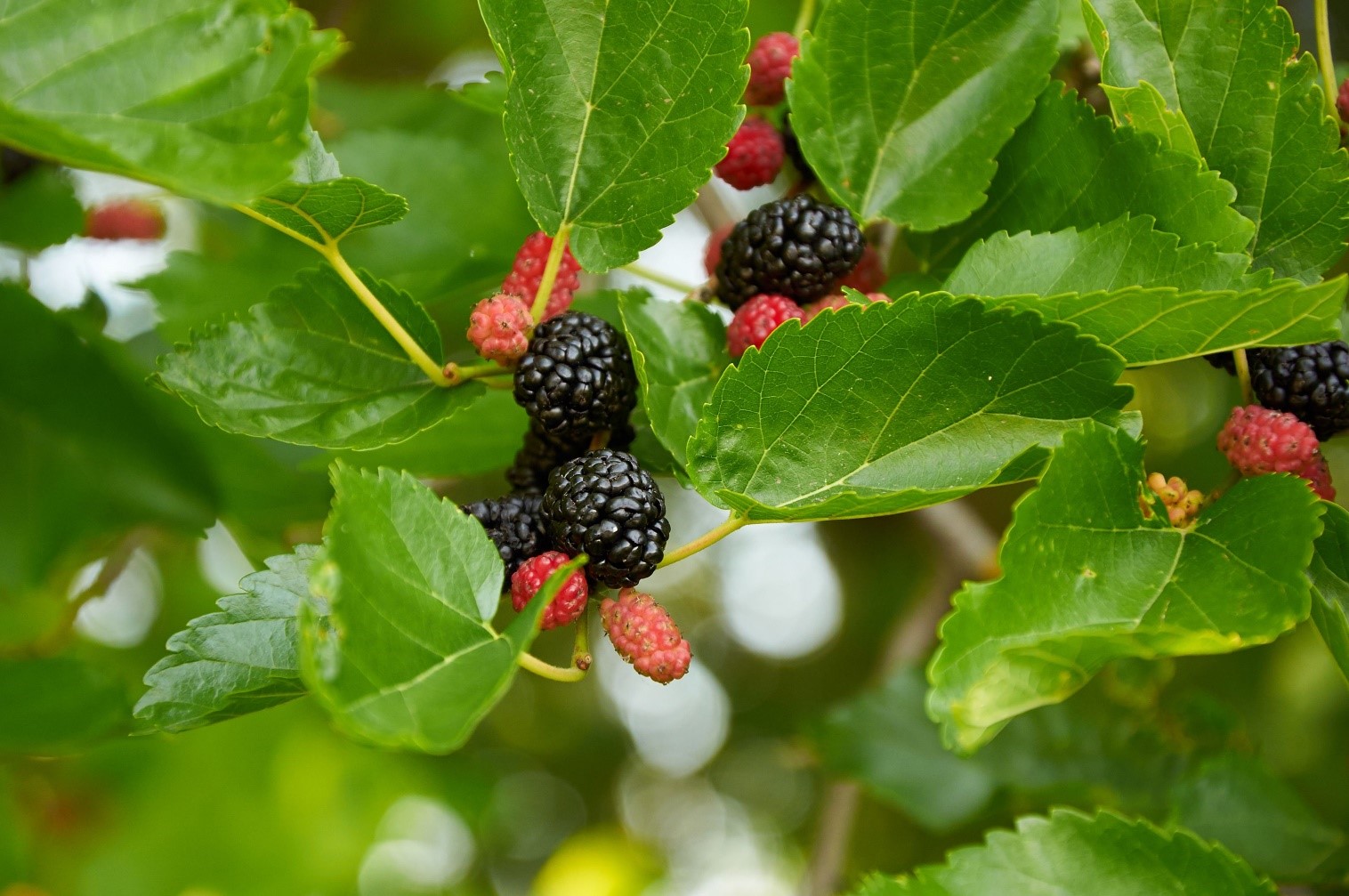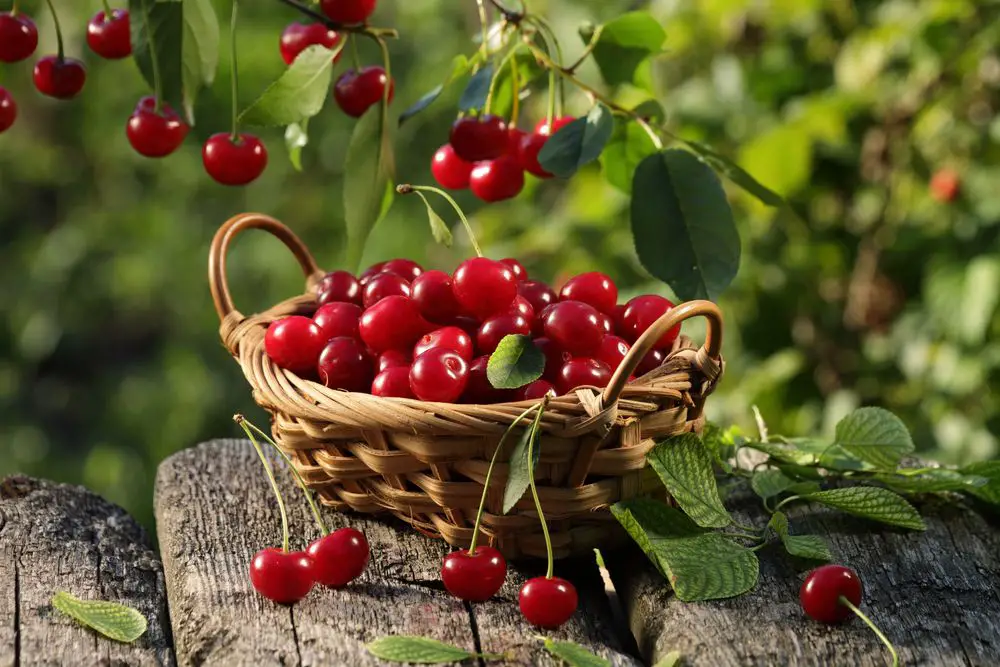Have you discovered small, red objects in some areas of your property among your grass and foliage? They look a bit like strawberries but smaller and a deeper red. What you are seeing may be fruits of wild strawberry plants. Here is how to identify a tree with red berries.
To spot a tree with red berries, check the leaves and the trunk of the tree, colors of the flowers, and inspect the berry fruit. Learn about different types of red berries and the poisonous ones.
Identifying a Tree with Red Berries
You can find red berries on evergreen and deciduous trees. Hawthorn and Cherry trees produce red berries that are edible but can be sweet or sour. On the other hand, you should stay away from red berries that grow from Mistletoe or Holly trees.
Not all red berries are edible. You should know which red berries to eat, and which are poisonous.
Red berries are beautiful and bright additions to a bush or tree. They can also sometimes be a nutritious and delicious treat for you or some wildlife in your area.
It is easy to spot a tree or bush with red berries because they stand out from these brown or green plants.
The thing is, it is not easy to identify the type of Green Berry tree or bush it is to know if they are edible or poisonous.
Observe Some of The Parts Of The Trees:
Step 1. Leaves of the Tree
Most trees with berries have either of these types of leaves:
Scales
Many trees with berries have scaly leaves. These leaves are often found near the twigs and may have berries or bulbs at their tips.
Needles
Needle-shaped trees are often found on trees that bear cones such as evergreen and pine trees.
Broadleaf
This type of leaf is broad and flat. It is often found on common trees such as maples and oaks.
Step 2. Colors of the Flowers
Berries from trees may be red or purple.
Step 3. Trunk of the Tree
Trees with red berries may grow tall but they come with thin to medium-size trunks.
Step 4. The Berry Fruit
You can also identify a tree with red berries by the berry itself.
The Firethorn tree, for example, grows red berries in thick clusters. The tree can have numerous red berries and can appear to be all red from afar. The tree also has small white flowers.
The red berries of the Firethorn tree can be bitter when eaten raw, thus, they are often cooked and made into sauces and jams.
Trees with Red Berries
Now that you know how to identify a tree with red berries, here are some of the different types of trees with berries.
Big Trees with Red Berries
It is rare to find big trees with red berries. Some varieties of holly can be large such as the American Holly which be as tall as 50 feet.
Red berries in these trees appear in clusters, in the same manner, they would on the branches.
The Juniper tree (eastern red cedar variety) can also be up to 50 feet. Red berries in this tree are waxy and blue grey. They also appear in clusters.

Trees with Little Red Berries
Trees with little red berries are common in winter.
The Firethorn tree grows dense clusters of red berries. From a distance, the tree can appear to be red because of all these small fruits.
The Red Elderberry tree grows small red berries from summer through winter after blooms appear in spring.
The Holly Tree grows red berries that are small. They are often associated with Christmas.
Trees with Red Berries that Attract Birds
Berries are an important food for many birds, especially in winter when they cannot hunt for snails or worms because of the frozen ground.
Gardens that attract many birds are sure to have trees with red berries. Birds can easily spot red berries because of their color.
There are several trees with red berries that can grow in your yard. Some even grow as evergreen hedges making them one of the most popular trees for screening and privacy in your property.
The Mountain Ash (Rowanberry)
Grows red berries during summer to early spring. White blossoms appear in the spring. It is a beautiful garden tree with leaves that typically become orange in the fall.
The Rowanberries are not the tastiest berries, but they are anti-inflammatory properties and are rich in Vitamin C. These red berries can be made in wine, vinegar, or jelly.
Hawthorn Tree

The Hawthorn tree comes with extremely attractive red berries during fall through winter. The red berries of this tree are well-loved by squirrels, birds, deer, and rabbits.
The red berries of this tree can also be eaten but need to be cooked first. They are also known to have some medicinal value.
Hawthorn berries are best made into sauces. You can also add these red berries to your apply jelly to make wine or fruit leather.
The Emily Barbosa Fernandes variety grows red berries on their branches with the rest of the tree being bare.
Chokecherry
The Chokecherry is a small tree that grows dark red fleshy berries. They are best made into wine, jams, and jellies.
These red berries (Chokecherries) are packed with antioxidants. The cultivated varieties of Chokeberries produce sweeter red berries with a cherry-like flavor.
Mulberry Tree

The red berries of the mulberry tree are like blackberries or raspberries. This tree should not be grown near a walkway or driveway because the red berries can cause stains.
Juneberries
The red berries from this tree are a favorite of many. Over-ripe berries, though, can be a bit purple. This tree can grow in varied conditions.
It comes with lovely star-shaped flowers in spring that turn into attractive colors during the fall. The foliage of this tree becomes bright red orange in the fall.
Poisonous Red Berries
Many deciduous trees produce edible red berries, but those coming from evergreens are toxic to humans and household pets.
The bright red berries of the Brazilian Nightshade can be eaten by birds, but not by humans. Red Sage Berries are also highly toxic and eating them can lead you into developing mild to severe skin irritation.
If you ate red berries and experience stomach cramps, diarrhea, swelling of the face, throat, or lips, or blurry vision, immediately see a medical professional.
Cats and dogs that eat poisonous red berries may suffer from respiratory distress, weakness, convulsions, diarrhea, difficulty in swallowing, and vomiting.
The symptoms may not appear right away, though, but if you see your pet eating toxic red berries, bring it immediately to the vet together with the berry sample for toxicology review.
Poison Prevention Is Vital
You should know the plants around your home. You should also know how to identify a tree with red berries because many red berries can be unsafe for human and pet consumption.
You must do some research on the trees with red berries in your yard. You can label the trees with their common and scientific names.
Medical professionals need to know what type of red berries you ate to provide proper medication.
When you have trees with red berries in your yard, it is also important that you are aware of the symptoms that adults, children, and pets will experience.
Final Thoughts on Ways on How to Identify a Tree with Red Berries
It is best to stay on the safe side if you are not sure of the type of berries you are seeing in your yard.
You should stay away from trees or shrubs with red berries until you can positively identify them as being edible or poisonous. Make sure, too, to keep these red berries away from children and pets.
There are good red berries and bad red berries. Knowing how to identify a tree with red berries makes your yard safe for everyone.
Jenny Marie
Tribal Writer
Edited By
Patricia Godwin

